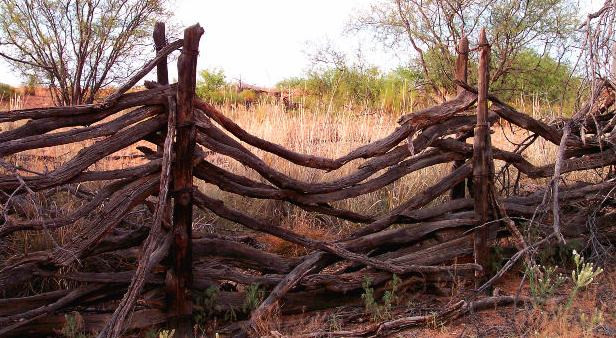
I really enjoyed a recent post by Tim Lloyd, head of digital at BIS, applying the principles of the ancient custom of ‘beating the bounds‘ to the process of managing a government department’s digital estate:
Like those dignitaries beating the bounds, I don’t think it’s about owning every part of the estate, but it is important to be aware of what’s going on:
- listening to relevant conversations
- re-purposing the things that aren’t working
- developing the better channels or ideas
- making sure there’s some kind of consistency of experience, for people passing through or visiting the fringes
It’s something I’ve approached from a different angle here before. That was very much about real-time awareness of what’s going on across the estate, but what Tim reminded me was that there’s an important role in doing periodic reviews of not just the what, but also the why.
So I started jotting down the kinds of things that one might look for on a modern-day bounds-beating tour of one’s digital estate, and came up with this list:
- Vision and ownership: who is responsible this channel? do they have a coherent plan describing the goals and purpose it serves?
- Audience insight: is usage tracked in some way? is there a mechanism for feedback – if so, what comes back? what is known about the audience?
- Content: how much material is there here? What proportion is redundant, outdated or trivial? do the production values or style match the goals and audience?
- Engagement: does the channel help achieve the intended outcomes – stimulating discussion, promoting take-up, enabling self-service or encouraging enquiries?
- Compliance: does the channel meet requirements for government channels, particularly on privacy and data protection and accessibility?
- Security: who has access to manage the channel, and is this done in a sensible way (strong passwords, over secure connections, access details recorded in a secure location in case someone is away or leaves?)
- Consistency and design: does the channel reflect brand guidelines and/or provide visual consistency with the organisation’s other channels? Is it consistent in its messaging with things being said on other channels?
- Integration: how is the channel currently promoted? from where else is it linked to, and which other channels does it help promote? how does it perform in search engines?
- Preservation: is the content of the channel archived in some way, e.g. via The National Archives? Is it a channel for FOI requests or a database to be searched for the purpose of answering them?
- ROI: how does it score in a simple assessment of return on investment given the time and budget required to maintain it?
Point 10 deserves a little blog post of its own.
In the meantime, I’d love to hear your thoughts on what’s missing from the list, and what might be on yours.
Update: in the comments on his post, Tim raises another point for the list:
I guess the only thing I might add is ‘sustainability’, which sort of falls between number 9 and number 1 (responsibility). I often find people are happy to ‘own’ channels – especially when the channel is working well – but it takes lots of graft to maintain an effective channel and keep it going over months and years.